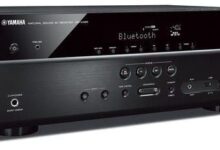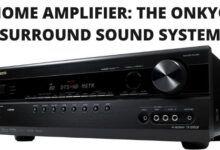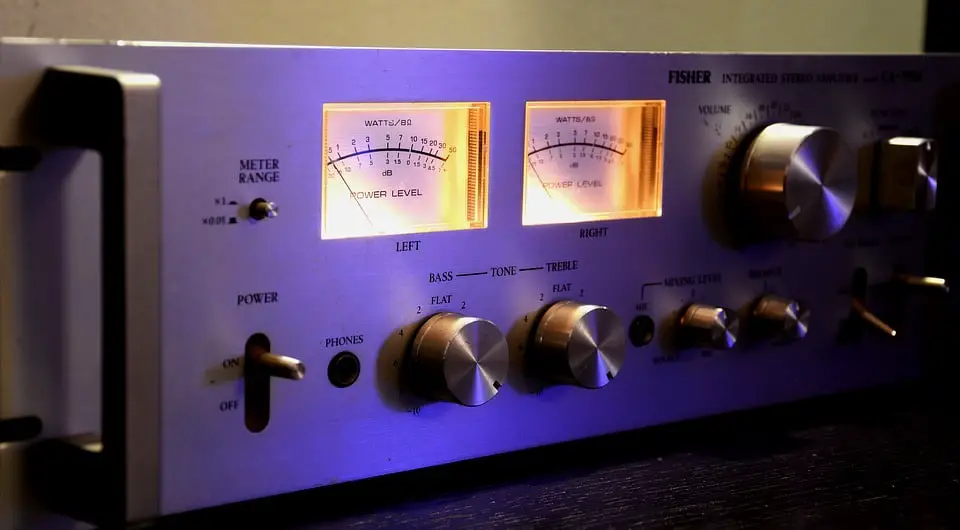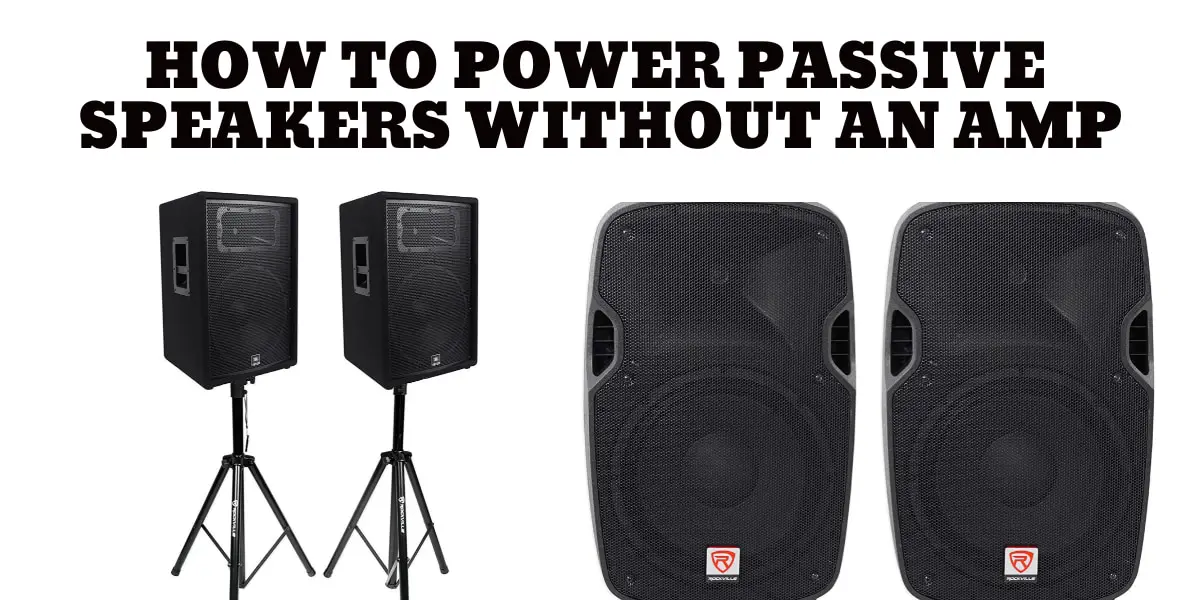So, you’re playing sound from a source to your speaker, but it seems you’re not getting good sound quality from your speakers.
Sometimes, the reason why your speakers aren’t sounding so good as you expect is that there’s no amplifier to boost the audio signals your speakers receive.
Hence, to solve this problem, you may need to introduce an external amplifier, which would receive the audio signals from your source, improve and strengthen the signals, then pass it on to your speakers, and you’d hear louder better sound.
The major differences between a power amplifier and a voltage amplifier are the level of current they handle.
While there are hundreds of amplifier classifications that exist, the two major classifications are voltage amplifiers and power amplifiers.
It is important that you know the difference between these two types of amplifiers as other classifications fall under them.
A power amplifier differs from a voltage amplifier in quite many ways, even though they both perform the same function – increasing signal strength.
To better understand the differences between these two amplifiers being discussed here, we’d first define and explain the functions of amplifiers.
Table of Contents
What Is An Amplifier?
An amplifier (shortly written as AMP) does what the name says – it is an electronic device that increases (amplify) the audio signals it receives through the input ports, before sending them to the speakers through its output port.
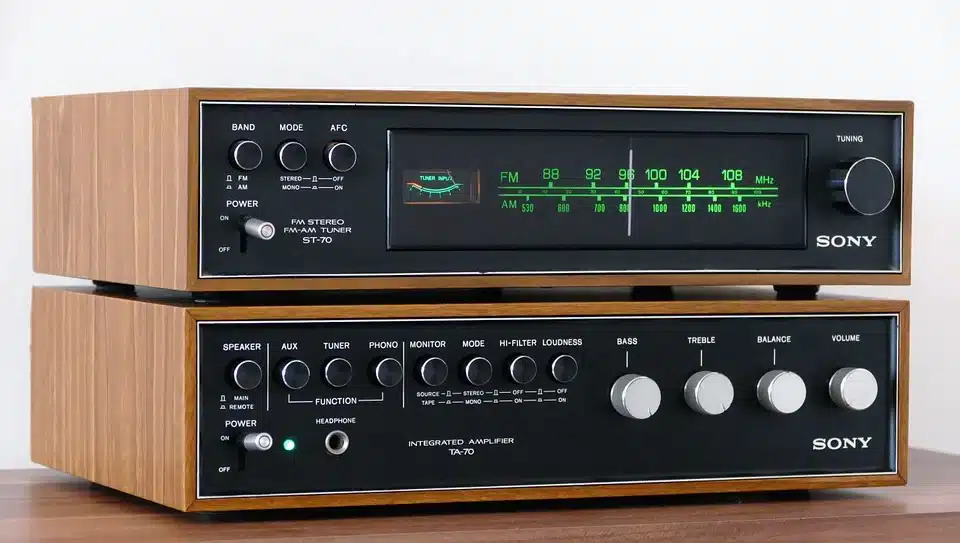
So basically, an amplifier receives audio signals from a source – your TV or any other source – then it increases the voltage/strength of the signals up to the level that your connected speakers would be able to playback the audio signals as sound.
Well, as hinted earlier, there are quite different types of amplifiers, regardless, they all serve the same purpose, which is to boost audio signals. Now, let’s move on to explain the differences between power amps and voltage amps.
Power Amplifiers
Also, as the name implies, a Power Amplifier is designed to improve the power level of signals that pass through it.
For this article, we’re considering audio signals; so, basically, a power amp is such that improves the power level of audio signals before passing them through other components or circuits.
Power amplifiers increase signal power levels at the input side; hence, power amps require high input signals (which should be above a certain threshold).
To make this possible, current/voltage amplifiers are usually introduced before power amps; this is because a voltage amp increases signals at the output side.
So, when the voltage amp receives the signal, it increases it to exceed the required signal strength for power amps.
When you look closely into the designs of amplifier chains, you’d notice that power amps are the last part. They increase signals to reach the high levels required to drive output devices such as speakers, RF transmitters, and headphones to function.
Voltage Amplifiers
Put simply, a voltage amplifier (also called volt amp) increases the “voltage” of signals passed through it.
In layman terms, a volt amp picks up signals from a source and goes on to boost the voltage levels of the signals before passing the signals to the next audio component.
Practically, volt-amps are installed before power amps, because they are to increase the voltage of the received signals to reach the required threshold for power amps to pick up the signals.
So, a voltage amplifier receives low-power signals and releases high-power signals.
Illustration: Input device ==> Pre-amp ==> Volt amp ==> Power amp ==> output device.
The illustration above is to clearly show how signals move inside an audio amplifier device. With a clearer view of these types of amplifiers, let’s discuss the differences.
Differences Between a Power Amplifier and a Voltage Amplifier
From the explanations above, you could easily tell the differences between these amplifiers; however, for clarity’s sake, below are points on how these two amplifiers differ from each other.
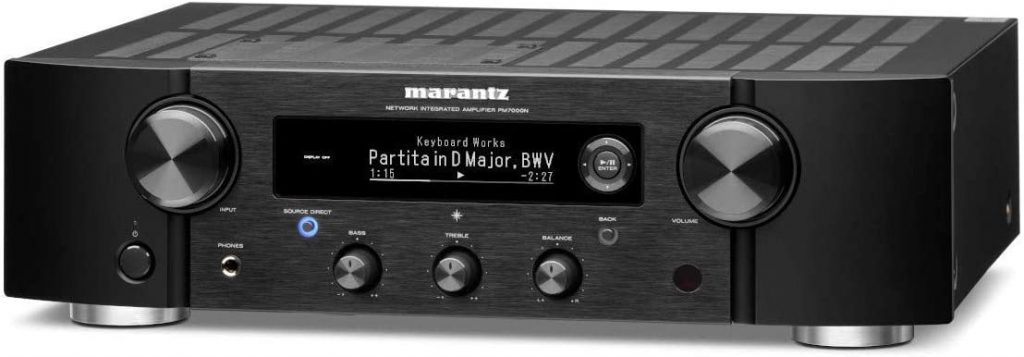
1. Signal Strength
Volt amps receive low signals and then amplify them for the power amp. Hence, in practice, power amps receiver high, pre-amplified signals.
Now, here’s the difference, a voltage amplifier is designed to receive low signals, while a power amp is designed to receive amplified (high voltage) signals.
2. Transistor
Since volt-amps handle low-voltage signals, they are built with thin (low-voltage) transistors. In contrast, power amps conceal thick transistors that can withstand very high voltage power.
3. Collector Current
Here’s another important aspect where volt-amps and power amps differ. A volt amp, since designed for handling low current signals, the collector current is typically quite low, around 1 mA.
In contrast, power amplifiers have a high collector current, around 100 mA – that’s really a wide margin.
4. Impedance
While voltage amplifiers have a load impedance rating around 4 to 10 KΩ (Kilo-OHM), power amplifiers have a high load impedance rating between 5 to 20 Ω (OHM). That’s another critical difference.
5. Heat Emission
Since power amps handle high voltage current, they have higher heat dissipation than voltage amps, and as such, a cooling system or mechanism is introduced to keep power amps cool at all times. But voltage amplifiers don’t need any cooling system attached to them.
Power Amplifier And A Voltage Amplifier
We have listed below Power Amplifier And A Voltage Amplifier for your audio need. You will not go wrong with any of the amp.
- Crown XLi800 Two-channel, 300-Watt at 4Ω Power Amplifier
- Sound Town Professional Dual-Channel Power Amplifier
- JBL Professional CSA2120Z Commercial Power Amplifier
- Monolith Multi-Channel Power Amplifier
- Xiegu XPA125B HF Power Amplifier
- Willsenton R8 KT88/EL34 x4 Tube Integrated Power Amplifier
- Technical Pro 3500 Watts Digital Hybrid Amplifier
- MUZISHARE X7 KT88 x4 Power Amplifier
- Pyle PT8000CH 4 Multi-Zone Stereo Amplifier
- Fosi Audio Bluetooth Amplifier Stereo
- Fosi Audio BT20A Bluetooth 5.0 Stereo
Conclusion
Summarily, this article has explained quite a lot of factors and points that differentiate power amplifiers from Voltage amplifiers.
Well, in a standard amplifier design, you’d find both volt-amps and power amps as part of the components.
The volt amp (or current amp) is placed before the power amp to increase the signal power as power amps can only receive signals that exceed a certain voltage threshold.
In terms of processing, power amps handle higher voltage current; thus, they need a cooling mechanism that would help to keep them at cool temperatures.
Hopefully, this article clarifies all you need to know about these amplifiers.
You can’t use a power amp in place of a volt amp because they are not designed to handle the same level of current.
Doing such may cause an explosion, especially if you substitute a power amp with a voltage amp.

